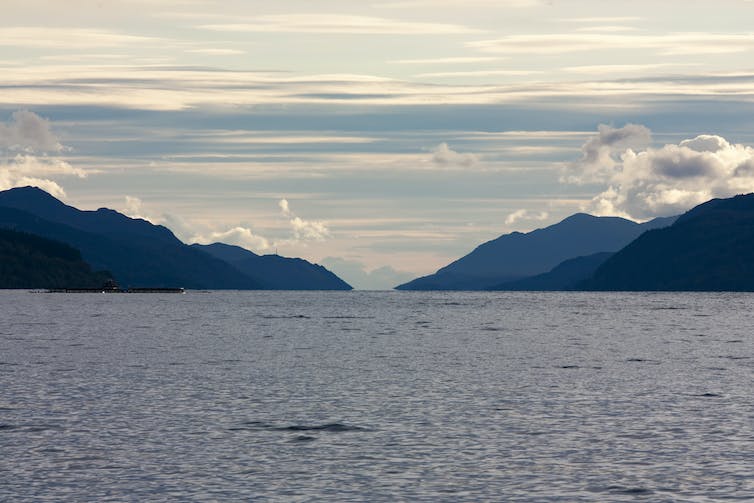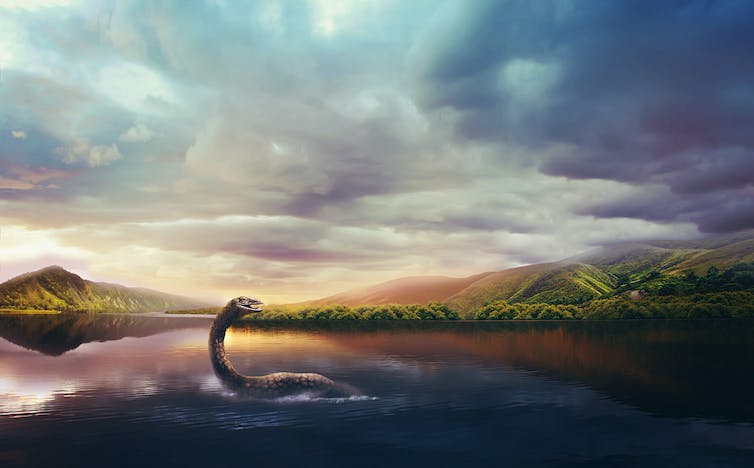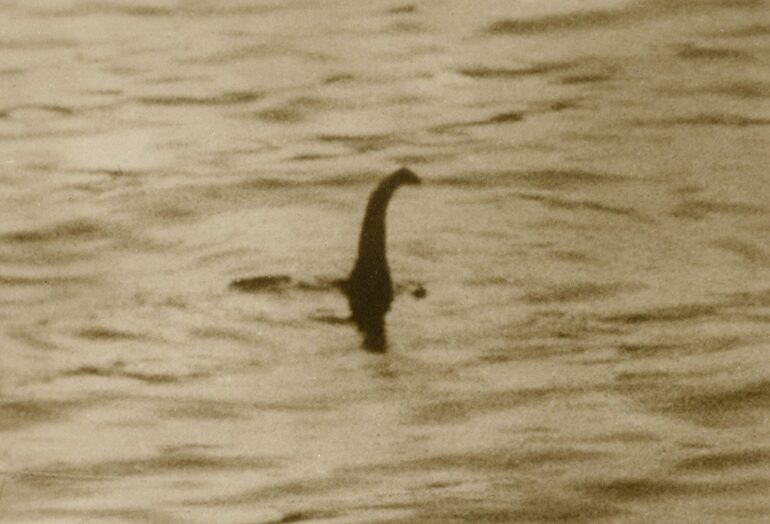
Curious Kids is a series for children of all ages. If you have a question you’d like an expert to answer, send it to [email protected].
Is the Loch Ness monster real? – Landon, age 10
An amazing and wonderful thing about people is our imagination. Indeed, it’s one of the qualities that makes us human.
Every invention that led to our advanced civilization – cars, planes, TV, computers and millions of other things – came from someone’s imagination.

This is Loch Ness, a body of fresh water in Scotland; no monster in sight.
Ivan/Moment via Getty Images
At the same time, the human mind imagines all sorts of things that are not real: gremlins, leprechauns, fairies, trolls, mermaids, zombies and vampires. This also includes imaginary animals, like dragons, unicorns, werewolves, sea serpents and centaurs.
Through stories passed down from generation to generation for hundreds or even thousands of years, these mythological creatures have become legends. In modern times, movies, television and books have spread these stories to millions or even billions of people.
As an anthropology professor, I have spent my life studying human behavior, biology and cultures. And I have studied the evolution of animals and humans. I work in reality, not fantasy.
Yet I understand why these creatures fascinate us; they are intriguing, magical and sometimes frightening. Yet they all have one thing in common. They appeal to the imagination. People wish for them to exist.

An artist’s concept of the Loch Ness monster at sunset.
Khadi Ganiev/iStock via Getty Images Plus
The Loch Ness legend
One legend is from northern Scotland in the United Kingdom, where a cold, murky and mysterious freshwater lake called Loch Ness is located. “Loch” is pronounced as “lock.” The word means “lake” in the Scottish language.
Loch Ness is quite large – roughly 23 miles long (37 kilometers), a mile wide (1,600 meters) and very deep (788 feet, or 240 meters, at its deepest). Legends about the lake date back nearly 1,500 years, when an Irish monk, St. Columba, encountered a beast in the river that flows into Loch Ness. Supposedly, he drove the creature away when he made the sign of the Christian cross.
In modern times, more than 1,000 people claim they’ve seen “Nessie,” the name locals gave to the creature decades ago. Descriptions vary. Some say the creature resembles a salamander; others say a whale, or a seal.
Typically, visibility during these sightings was not good. In most of these cases, the witnesses were familiar with the Loch Ness legend.
So far, no one has ever found any physical evidence of an unusual or prehistoric creature living in the loch. Good physical evidence might be capturing the creature, or a clear photograph, or an encounter where a biologist has an opportunity to examine the…



